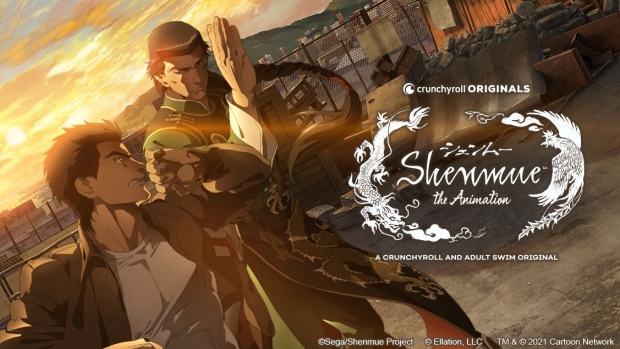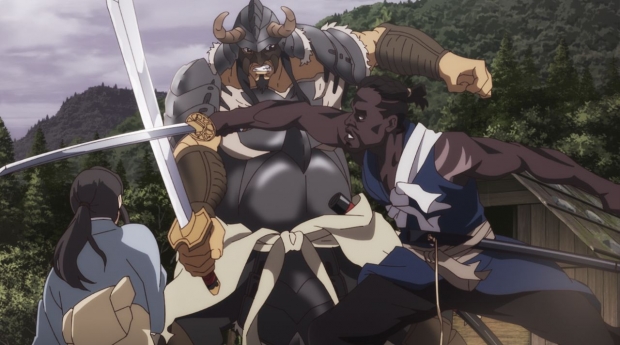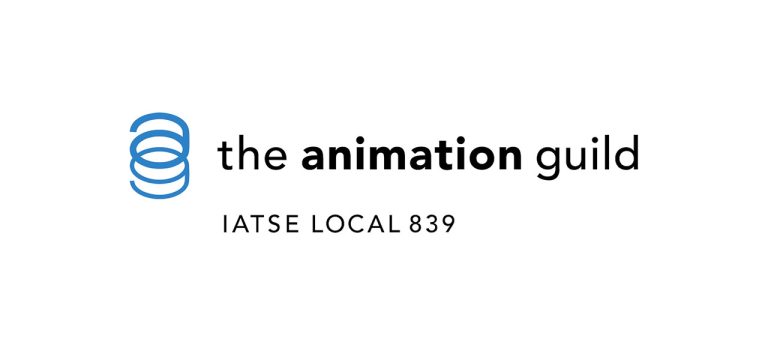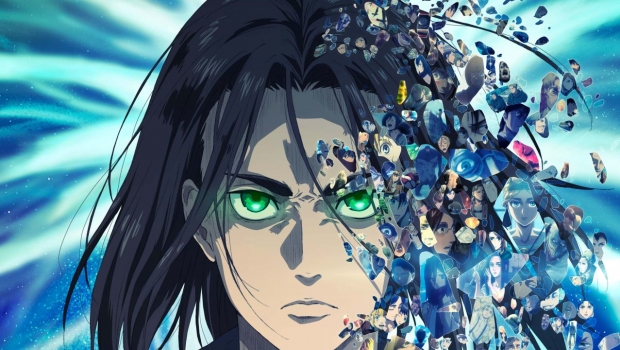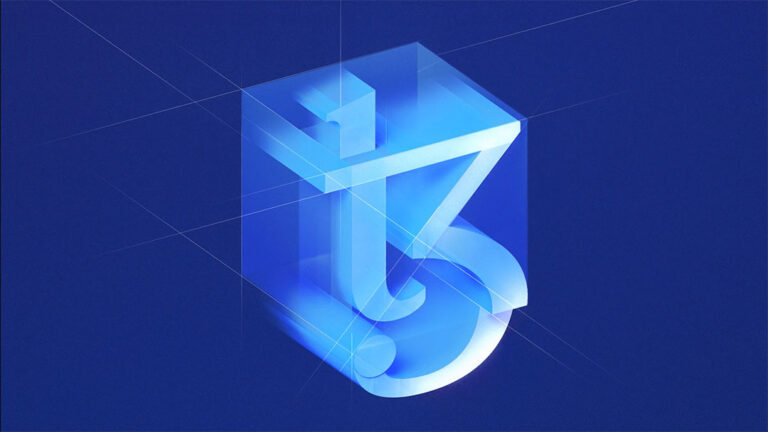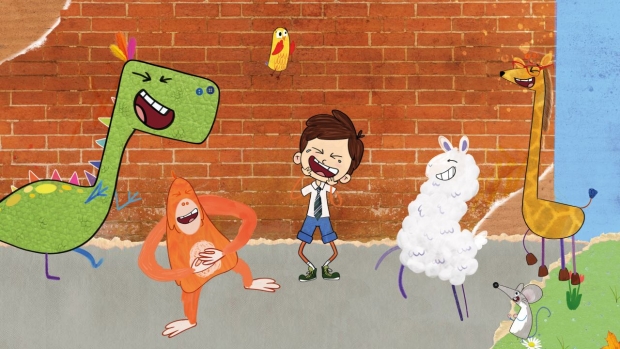I think it’s a misnomer that they’re calling this AI animation. It’s really not because they’re not really animating anything. They’re shooting in live-action and basically creating a filter over live action and creating the animated look in that way. It’s visual effects. If you look at Avatar it’s basically the same thing. And if you go way back to the beginning, you can go back to Snow White and even earlier they were shooting live action back then, drawing over the top of it, and creating a look there. This is just a big fancy version of that.
Former Disney supervising animator Aaron Blaise, who also directed the studio’s feature Brother Bear, took to his Youtube channel recently to address the recent rise of AI-generated images and the use of artificial intelligence in animation. His thesis question, “Did I just get put out of a job?”
The first half of Blaise’s video is spent reacting to a behind-the-scenes video for the recent viral short Anime Rock, Paper, Scissors, produced by Corridor Digital. There are some incredible and specific insights in his review, but we were more intrigued by the larger questions that Blaise addressed in the second half of his video.
The biggest threat is an age-old threat, it’s bad stories and bad management. That’s what’s gonna get rid of jobs. If you’re putting out consistently bad movies under bad management, then those jobs are gonna go away because no one is gonna go see them.
At the risk of burying the lede, Blaise’s answer is an unequivocal no. In fact, he’s excited by the opportunities that AI can bring to the animation process. That excitement does not come without reservations, however.
After reviewing the short, Blaise addressed the broader topic of AI software being trained on artists’ work without their knowledge or consent. Although he’s a fan of what people are creating with AI software, Blaise isn’t happy about how some programs are trained. “There is no way that someone’s art should be used to train AI to create something else, basically riding on the back of their sweat,” he explains in the video.
While Blaise was impressed by what Corridor was able to produce, one concession that he was not willing to make was that the short was animated using AI. According to him, the software used by Corridor didn’t actually do any animation. What it did was put a sophisticated, custom-made filter over live-action shots, a processing effect that can be accomplished even without artificial intelligence.
That said, he likes the idea of artists being able to train AI software with their own work to help with the animation process:
If AI software does become capable of automating the entire animation process in the future, and not just adding a filter to live-action footage, Blaise is still not overly concerned.
That could help me do shadows, different aspects of lighting, I don’t think it’s ever gonna replace animation. Do I think AI will be able to do animation down the road? I don’t know. I didn’t think we’d ever be drawing on computer screens 40 years ago.


